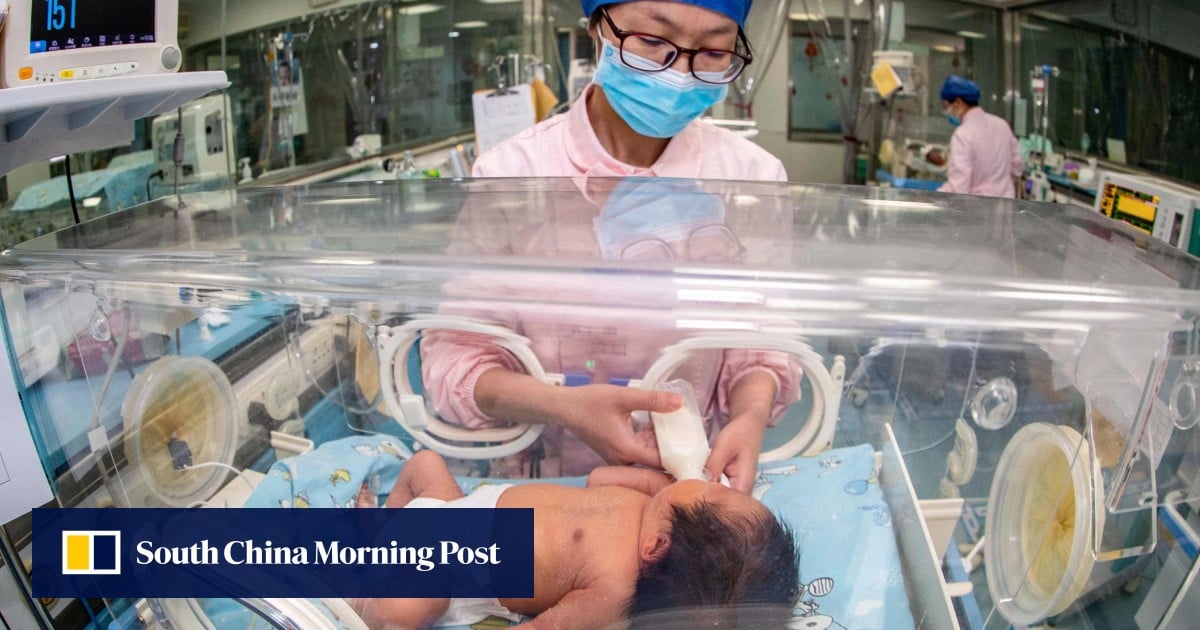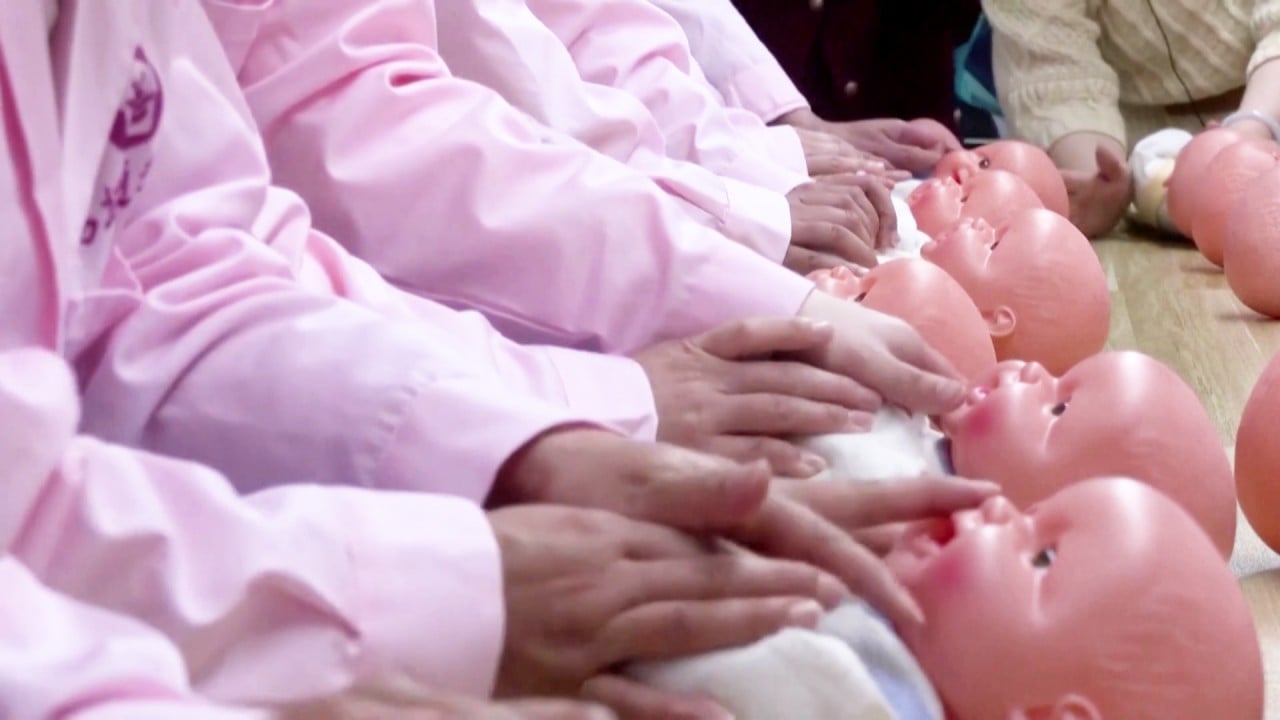“Save obstetrics!” he pleaded on Weibo.
Duan, who is director of the maternity ward at Shanghai No 1 Maternity Hospital, sent out his recent plea during an online discussion of the “obstetrics winter” China is currently facing.
Since June last year, at least 11 public hospitals have suspended or entirely cancelled their delivery services, according to reports by Chinese media. These range from smaller local clinics, such as the Dongqiao County Health Centre in Putian, Fujian province, which serviced a town of around 120,000 people, to major centres, such as the Guangzhou Xinzao Hospital.
On top of that, numerous private hospitals and postnatal care centres have also shut down.
Those still operating are struggling with a significantly lower number of patients. One obstetrician in Shenzhen, Guangdong, who wished to remain anonymous, told the Post business is definitely not thriving. It is a different story to how things used to be.
“A few years ago, those who wanted to give birth at our hospital had to go through a lottery system,” she said.
The closure of maternity services has been so pronounced that the NHC put out a notice last week setting a hard target, demanding every county has at least one public medical institute that offers delivery services.
“When public hospitals shut down their maternity ward, they need to first check with pregnant women who registered with them,” the notice read. “The public’s right to medical services must be ensured.”
It called for hospitals to not pressure their maternity wards to make money, but still make sure their obstetricians are not paid less than doctors in other departments.
There are predictions of a small rebound this year, according to demographer He Yafu, mainly from people who put off having children during Covid-19, as well as last year’s newlyweds, but he expects the main trend to remain unchanged in the long run.
The Chinese government has been attempting to do just that, scrambling to offer incentives targeting young people. In the past few months, it called for them to have frugal weddings, organised group ceremonies, and issued tax cuts and housing subsidies for families with multiple children.
Besides the falling birth rate, maternity wards already face financial burdens associated with the services they have to offer, including a 24-hour on-call team and expensive equipment, according to Julie Wang, an obstetrician in the eastern city of Nanjing, Jiangsu province.
In order to make this basic service accessible to pregnant women across China, local governments often set official price ceilings for births. In one document from Zhejiang province in 2023, the cost of a natural delivery was priced at 900 yuan (US$124), and a caesarean section at 1,488 yuan.
“Maternity wards are always broke,” Wang said. “The hospital invests a lot, but the ward doesn’t make money in return.”
Duan wrote that the practice is in a “downward spiral with no end in sight”.
“The government has all these policies encouraging births … but without delivery wards and obstetricians, who will deliver your baby?” he asked.








